India has a long, colourful and troubled history as a prized destination for Western traders, some whom turned conquerors when unable to contain their greed for its many legendary riches. Back in the day, before and after the Christian era, more than 2000 years ago, the Roman Empire could not get enough of its luxury items such as spices, from peninsular India, conquest or colonization were the last things on its mind. It was during the reign of Augustus, from 30 BC to the 1st century BCE, that Indo-Roman trade got accelerated. Those sailing ships returned home to Rome along the maritime routes from the Malabar region as well as the Tamil Nadu region in the Coromandel Coast, loaded up not just with spices, but also precious timbers like sandalwood, teak and ebony, ivory, gemstones, pearls and horses — sourced from different parts of the South Indian subcontinent, and further afield from Ceylon and South East Asia. In later times even tigers, elephants and rhinos were riding off to Rome on those galleons!
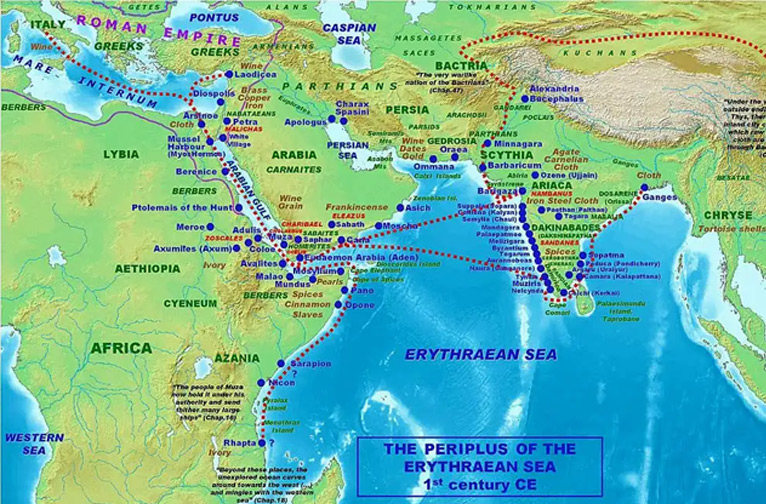
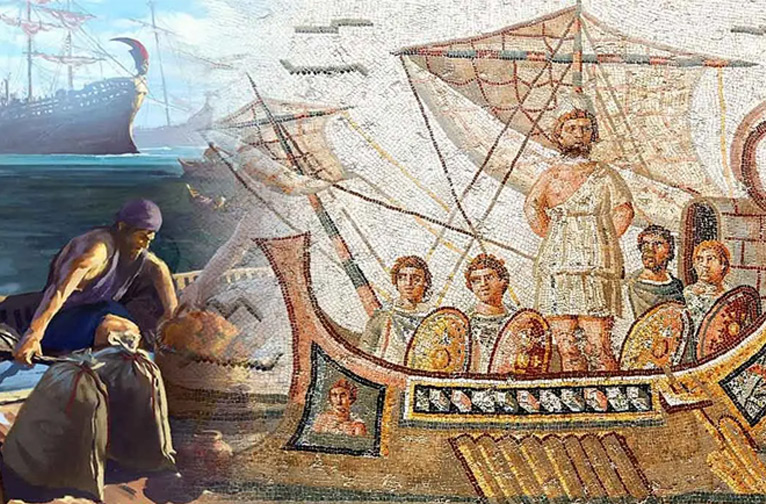
What’s not common knowledge is that not only did the Romans thrive here on the trade and commerce exchanges, (Roman coins and antiquities have been unearthed aplenty in South India) there were those of them who ended up working in the Coromandel Coast as artisans and were integrated in the local community of this region. This was a lively platform for the blending of two distinct cultures, oceans apart who came to share their skills in the crafts. A prize example of this cultural coming together of blacksmiths, carpenters, and architects of the Coromandel Coast and Romans, is the port city of Kaveripattinam in Tamil Nadu. It's famous for its mangoes and a milk-based sweet known as palkov.
Centuries later the Dutch Republic, England, France, and Denmark–Norway all established trading posts in India in the early 17th century. Over time, the rivalries of the Western traders took a fresh turn, lured by the wealth and prosperity of and potential of India as a land for conquest in the light of the instability of some of the Indian states— and later on, with the weakening of the Mughal empire in the early 18th century.
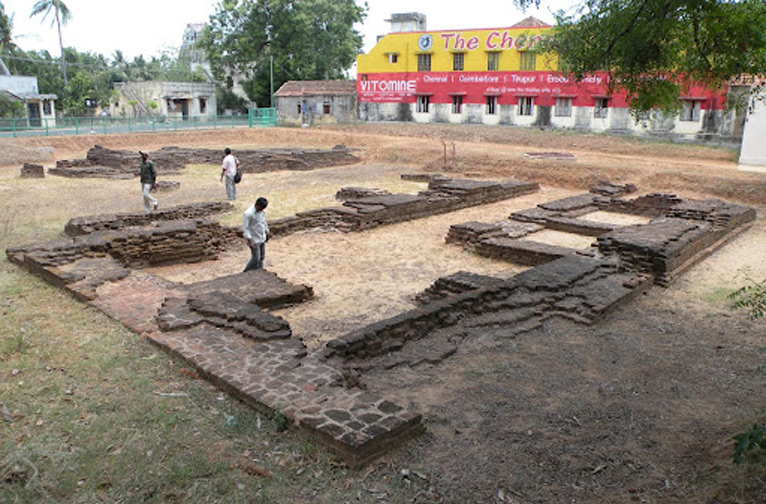
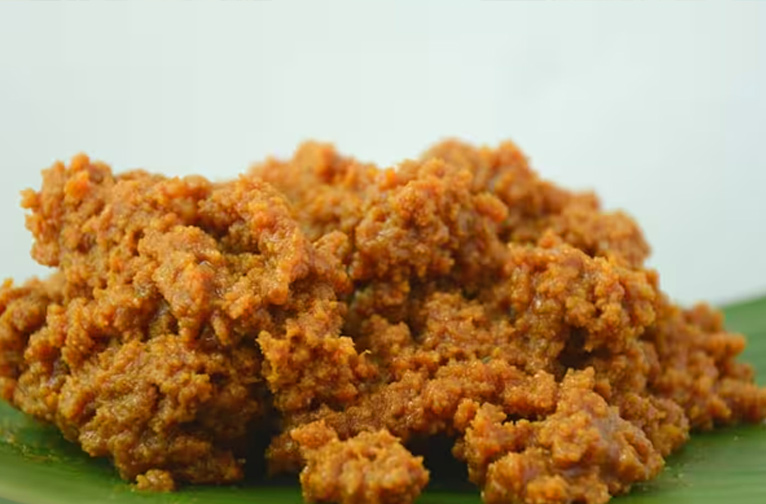
It was the Portuguese who started sticking their fingers into the affairs of the local rulers which created the grounds for their aspirations for playing a deeper role in local affairs. During the reign of King Manuel I in 1505 had the temerity to appoint Dom Francisco de Almeida as the first Portuguese viceroy in India inspired by the dominating role of the Portugues in the kingdom of Kochi. This was followed by the arrival, in 1509, of Dom Afonso de Albuquerque who in 1510, grabbed the city of Goa, which was under the control of Adil Shah, the Sultan of Bijapur. Albuquerque, who had been invited by the Hindus only to help them overthrow the yoke of Muslim rule, refused to quit and instead took over the reins of Goa. His rule began with kicking out the Hindus who refused to convert to Christianity.
For 450 years the Portuguese religion and commerce served as the cornerstones for their hold on Goa. Streams of visitor’s flock to Old Goa with its stunning churches, marvel over their painterly legacies and enjoy the Portuguese flavours of the annual Goa Carnival. A walk around Panjim’s Fontainhas area, also known as the Latin Quarter of Goa, reflects Portugal’s intense influences on India’s past. Nestled between Ourem Creek on the east and the Altinho Hill, Fontainhas, which was set up by a rich merchant Antonio Joao de Sequeira in the 18th century, encourages you to unearth narratives related to prominent monuments like the Adil Shah Palace, Our Lady of Immaculate Conception Church, St Sebastian Chapel; follow the narrow lanes with their hallmarks of the long Portuguese regime in Goa. An unmissable treat here in February is the Fontainhas Festival, an extravaganza of art and culture.
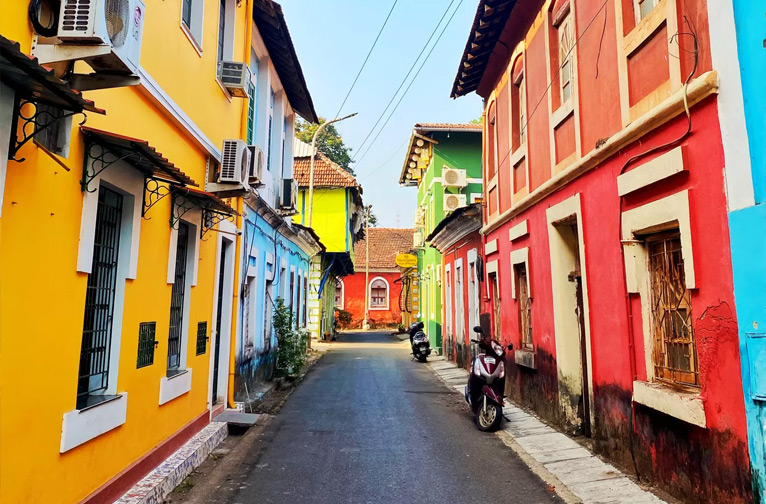
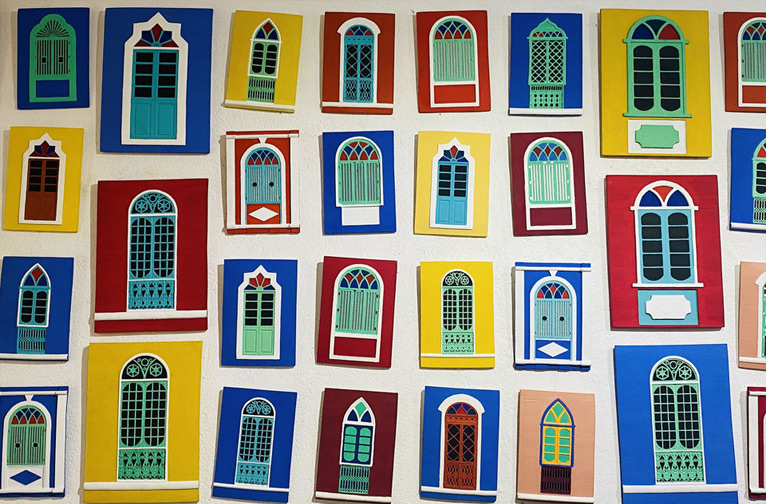
The coastal hub of Pondicherry reflects the colonial aspirations of the French, great rivals of the British traders. Wrested and colonised by the French East India Company to set up a trading centre the port town witnessed the rule of the French for 280 years. The indelible cast of their culture is richly evident on the landscape of this beachside city and its surrounds to this day.
A much-loved holiday destination today Pondicherry is an alluring cultural hub with its twin enclaves— the French Quarter and the Tamil Quarter, which separated the colonists and the native Tamil population. The French Quarter is an elegant serene spot in the city with its tree-lined boulevards and sleepy streets and buildings steeped in historical importance. From the French War Memorial and Le Café building to the beginnings of the world-famous Aurobindo Ashram you can dig deep into the city’s colonial heritage. A Heritage Walk through the French Quarter of Pondicherry leads you through Rue Dumas, Rue Romain Rolland, Rue Suffren and Rue La Bourdonnais. Eglise de Notre Dame des Anges (The Church of Our Lady of Angels), Raj Bhavan, Hotel de l’Orient, an 18th-century mansion that’s now a heritage hotel, are some prominent spots. A big attraction for visitors looking for a short sojourn in the city are the elegant French houses and heritage villas which now team up as guest houses. You might want to do a quick excursion to nearby Arikamedu, the port that had linkages with ancient Rome from those trading days back in the 2nd century BC.
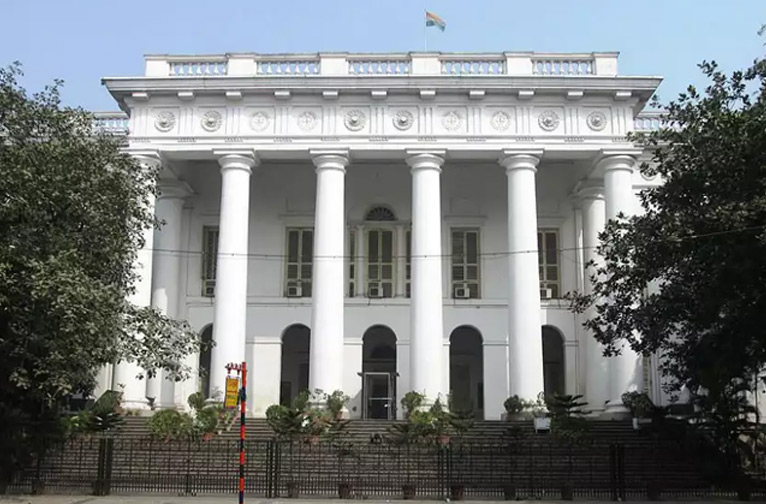
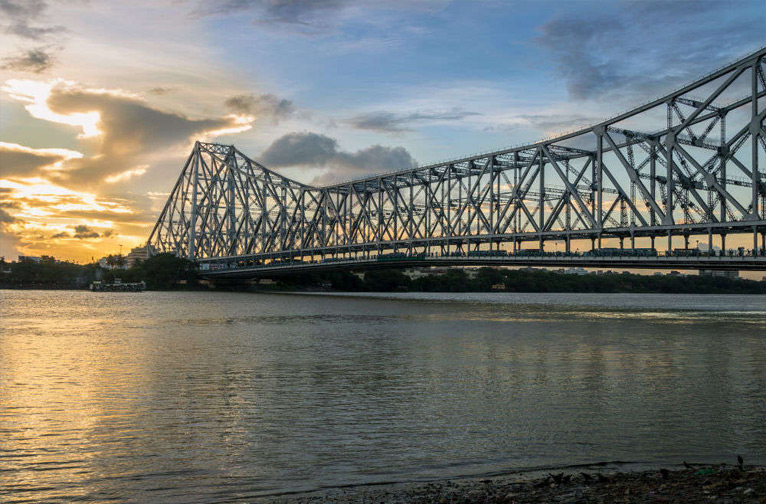
Two centuries of British rule are reflected in the legacy of its architectural marvels. As your travels take you around Kolkata, Delhi, and Mumbai these grand structures remain an intrinsic part of the city skyline.
In Kolkata, the first seat of the British Empire, the most iconic structures to explore are the Victoria Memorial, St Paul’s Cathedral, Writer’s Building, Calcutta Town Hall, Raj Bhavan, Calcutta High Court, Marble Palace, Fort William, General Post Office, the Howrah Bridge and many more.
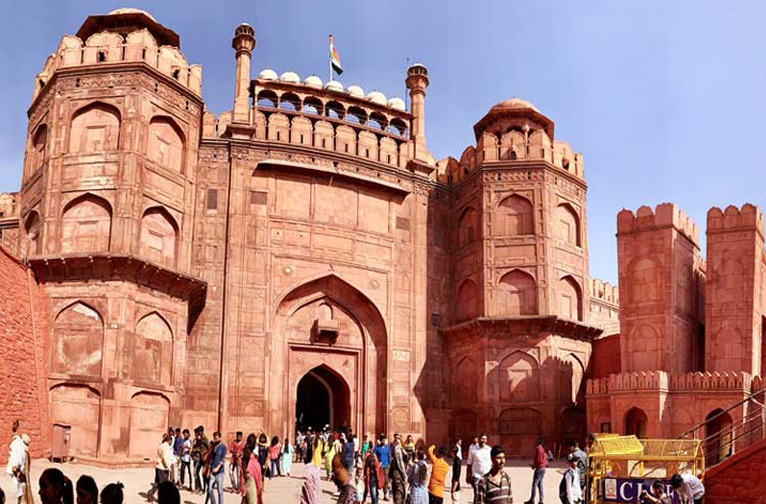
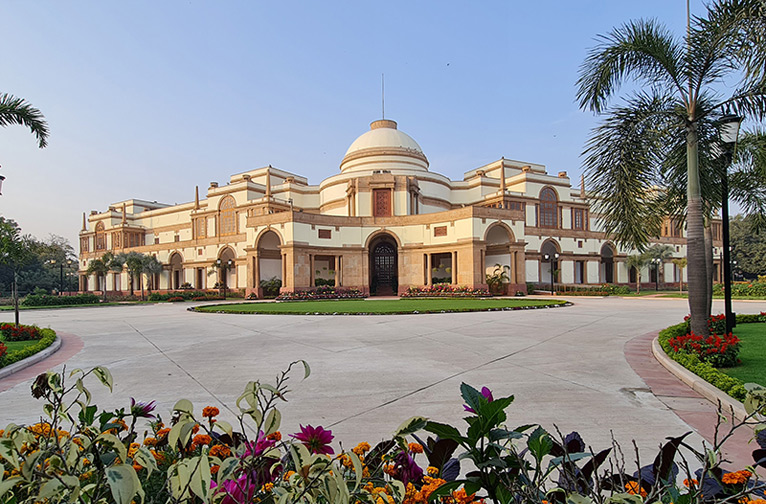
When the British moved their capital to Delhi, a whole new township was constructed, largely designed by architects Sir Edwin Lutyens and Sir Herbert Baker, to connect it to the old city of Shahjehanabad, the Mughal capital. The bridge between the old city and New Delhi was the newly constructed commercial and residential hub of Connaught Place. Lutyens' Delhi is named after the British architect Sir Edwin Lutyens (1869–1944), whose hand was behind many of the buildings set up in the 1920s and 1930s and 1940s. An unmissable spot to explore in the city is the beautiful Lutyens Bungalow Zone (LBZ). Iconic structures include the Viceroy House, now Rashtrapati Bhavan, home to the President of India, the Secretariat buildings, recently revamped by the government, Teen Murti House, formerly known as Flagstaff House, India Gate, the Anglican Cathedral Church of the Redemption and Catholic Sacred Heart Cathedral, St. James’ Church and the Maidens Hotel, In Mumbai, the Gateway of India was erected to commemorate the visit of King George V and Queen Mary to India in 1911. The Victoria Terminus, the city’s main railhead, was designed by British architect Frederick William Stevens. A UNESCO World Heritage Site and headquarters of the Central Railway of India today it reflects iconic features of the Victorian Gothic Revival style. It is now known as the Chhatrapati Shivaji Maharaj Terminus. The David Sassoon Library is a fusion of Gothic and Venetian architectural components. Mumbai High Court, Mount Mary Church, St. Thomas Cathedral, St.Xavier’s College, Elphinstone College, Dr Bhau Daji Lad Museum, originally Victoria and Albert Museum, and Horniman Circle Gardens are many of the other colonial-era spots the history buff will enjoy visiting.
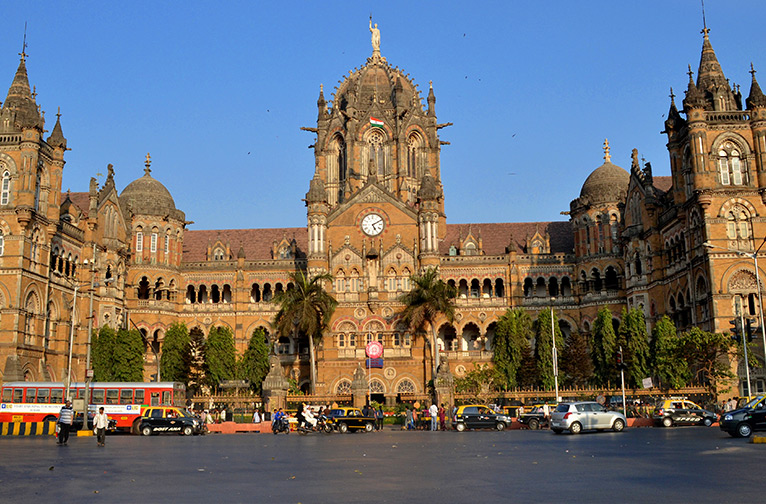
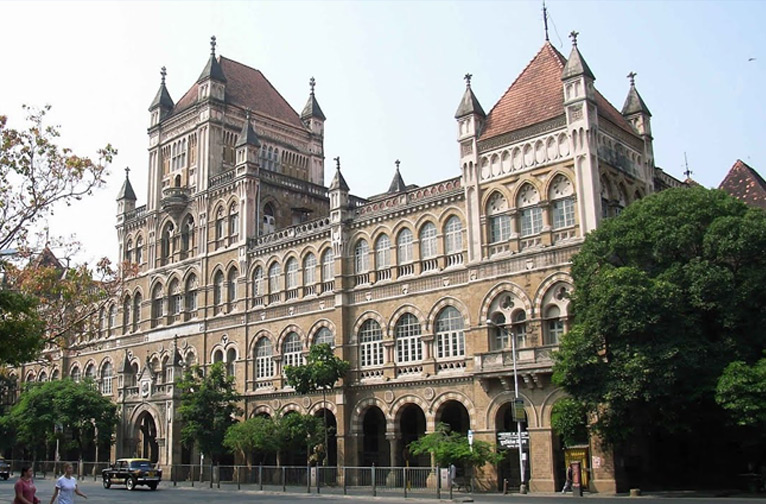
Travellers on their journeys through India will discover a wide spectrum of colonial trappings that are well documented in the architectural and cultural landscapes of every city where the colonists have left their mark. Debates aside, there is no doubt that these colonial impressions that leave an impression have endured despite the march of time.